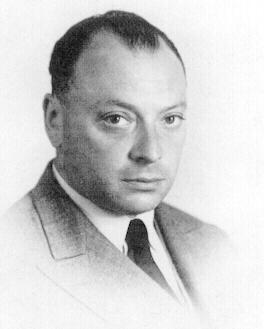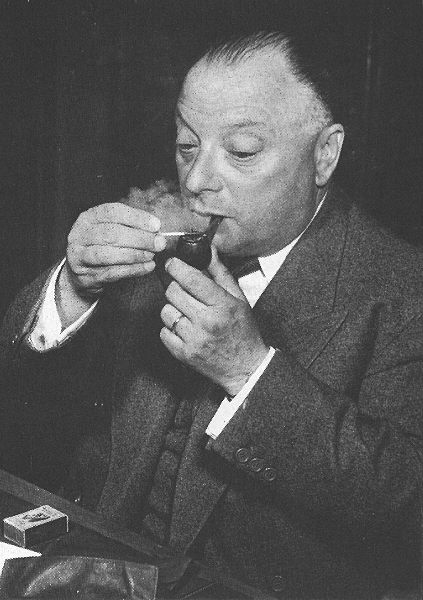
Physics Faces
Wolfgang
Pauli (1900-1958)
“Gifted by native intelligence and family background (his father was a distinguished professor of Chemistry at Vienna and Ernst Mach was his godfather), Pauli was one of physics’ child prodigys. At the age of 19 he wrote the article on Einstein’s theory of relativity for Felix Klein’s Encyclodpadie der Mathematischen Wissenschaften, a brilliant exposition which remained definitive for over half a century. Pauli remained an important and often severe critic of Einstein’s field theories; but his own work was centered on the problems of quantum mechanics. He was the first to present the complete solution of the quantum motion of the hydrogen atom for which he used the eccentricity invariant he had learned from Lenz. The puzzling behavior of atoms in a magnetic field was solved by Pauli’s discovery of the exclusion principle and the important role of spin in the atom: the Lorentz invariance of space-time requires that electrons possess spin and no two electrons can be in the same state. His last notable discoveries were the neutrino, required for conservation of energy in radioactive decay via the weak nuclear force, and the celebrated spin-statistics theorem.”
From: The Shaggy Steed of Physics by David Oliver, Springer-Verlag, 1994.

Pauli at age 4 in 1904

